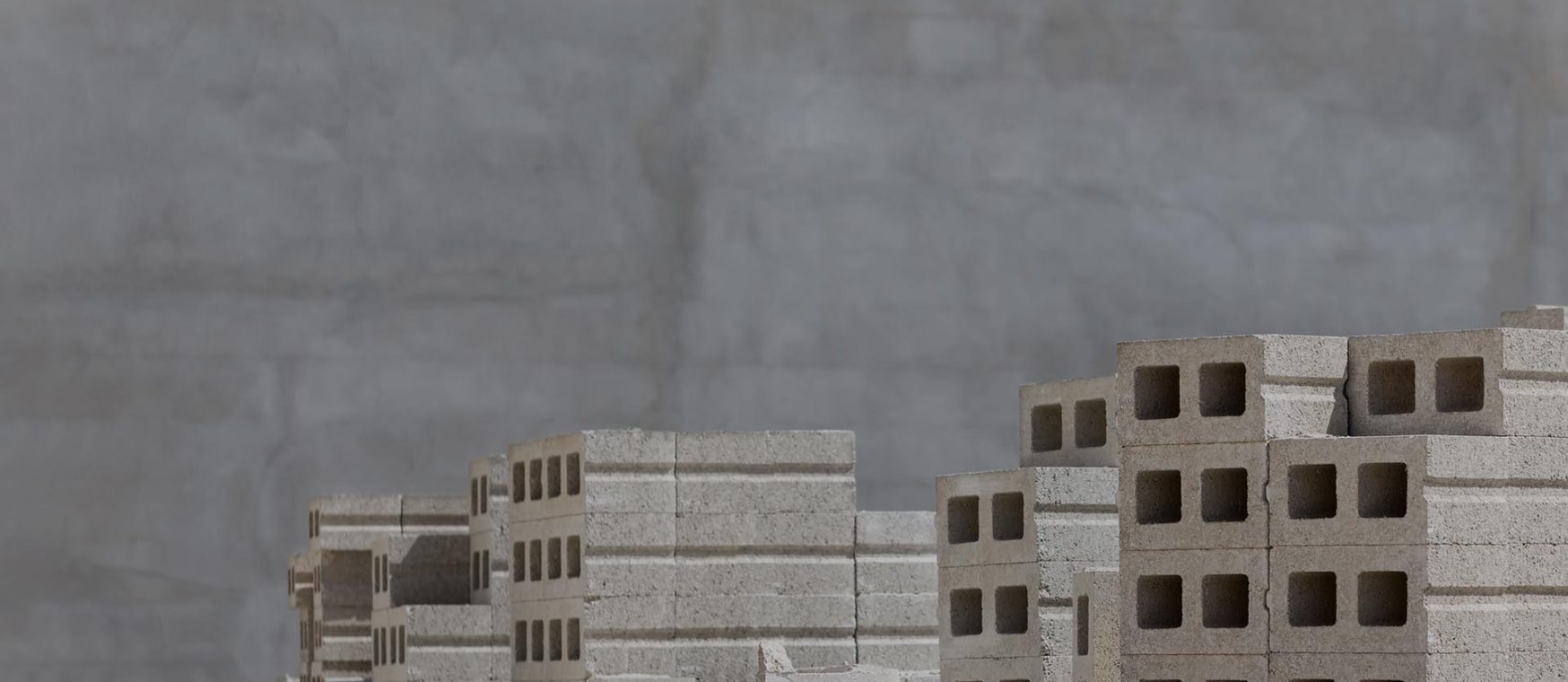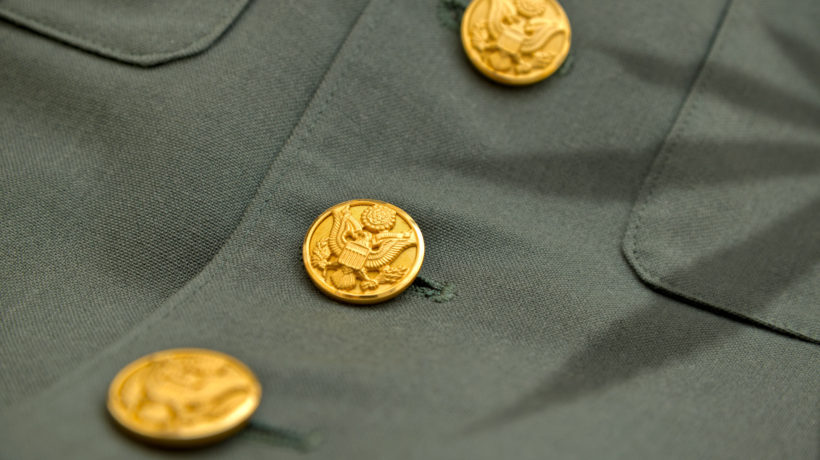Amongst all the news surrounding the proposed border wall, one recent story made cannabis headlines: a proposal that the wall should be made of hemp.
Of course, its not the first time hemp has been used for function. Hemp ropes were used for hundreds of years. Hemp clothes and sacks are still used to this day. In fact, canvas is derived from the word cannabis. The Declaration of Independence was written on hemp paper. George Washington grew it on his farm and now Congress has finally legalized its cultivation.
Non-consumable hemp has been a gateway for general cannabis acceptance. In fact, as the stigma lifts off this useful plant, we’re starting to find more and more uses for it then ever before.
Enter Hempcrete.
This building material is an eco-friendly alternative to traditional materials and could actually change the way we approach construction in a more efficient way.
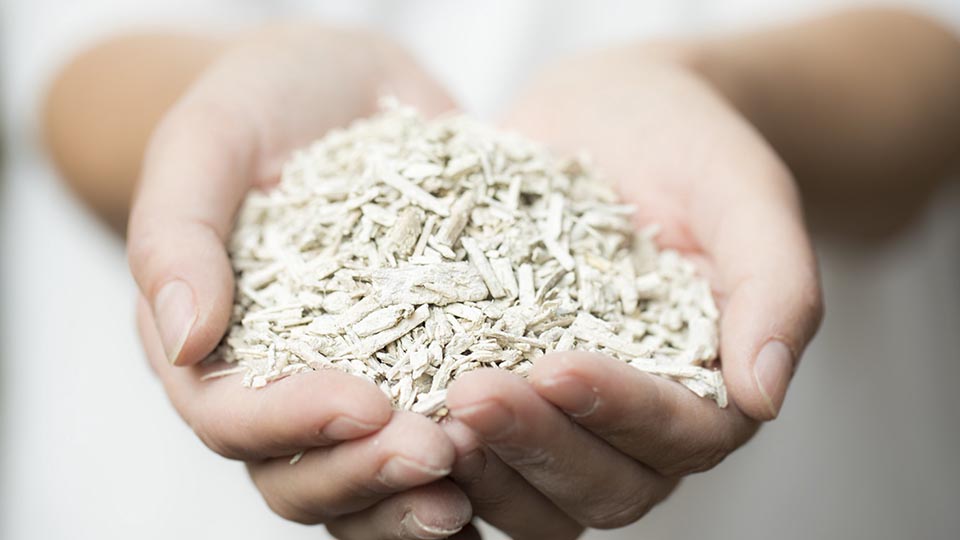
What is hempcrete?
Hempcrete is a biocomposite, which means it combines resin with natural fibers. In this case, the biocomposite is made up of hemp, lime (the construction material, not the accent to your margarita), and water.
Though this material is commonly referred to as hempcrete, much like Kleenex or Band-Aids, there’s an actual Hempcrete company with several competing brands.
Hempcrete has all the trademarks of a trendy, eco-friendly construction alternative. It is naturally non-toxic and energy efficient. Hempcrete creates incredible insulation when compared to their counterparts and lasts 100s of years. The carbon negative material actively reduces the carbon footprint of whatever the hempcrete creates. It is also flame, water, and pest resistant.
Though ancient Romans used hemp to build bridges, modern day usage is mostly prevalent in France while American builders require a special permit.
As laws around hemp relax in the States, farmers are excited about this potential revenue stream since the hemp plants are highly-sustainable and fast growers.
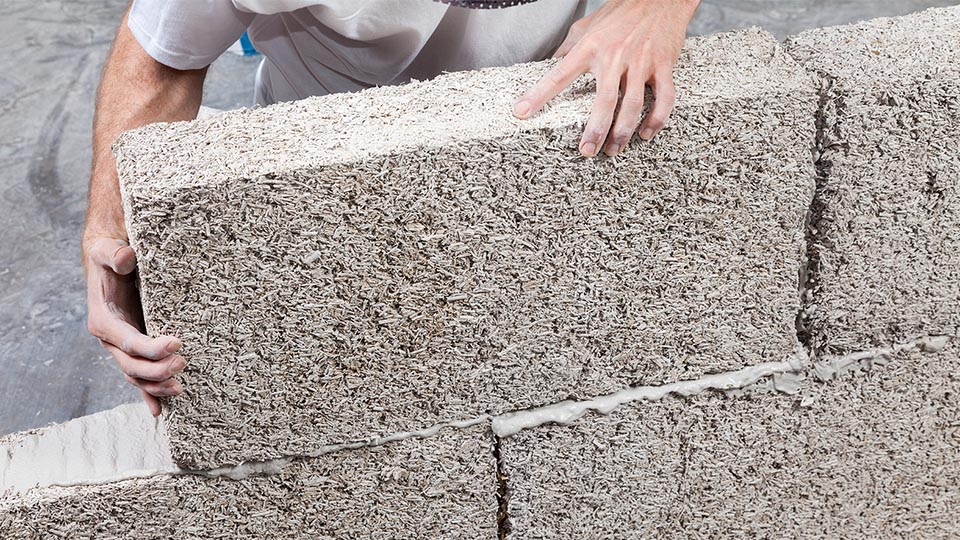
How is it used in buildings?
Hempcrete is often used to build single-story structures since it’s not a great load-bearing material. It is, however, quite shockproof, so areas prone to earthquakes can benefit from its use.
It can fill unique molds or create standard cinder blocks, but it tends to require additional support, functioning more like drywall than concrete.
The most popular and practical use for this hemp-based wonder is as thermal insulation. In addition to maintaining internal temperatures, hempcrete also stores moisture and releases it in certain conditions.
For humid climates where buildings are susceptible to mold, this ability can create better living and breathing conditions. If that weren’t enough, the air in these structures are further benefited by hempcrete’s ability to absorb carbon dioxide (a nice little party trick for plant-based insulation).
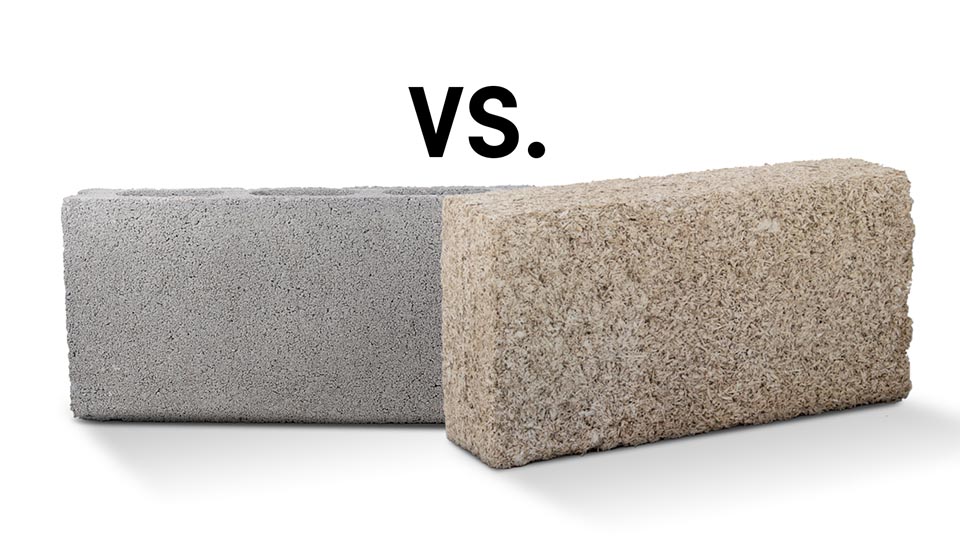
How does it compare to other building materials?
When it comes to other plant-based materials, hempcrete is pretty similar; the true differences can be seen with traditional materials.
Concrete is much more brittle, but it’s a more reliable component of a foundation. The final damping steps of creating hempcrete can result in a slightly different density, so builders have a tough time using it as a base.
For insulation, hempcrete often comes out on top when pitted against typical batting. With the exception of foam insulation, hempcrete is often more expensive.
When compared to all insulation types, however, you get what you pay for; it’s the thickest insulator, creates excellent acoustics, and boasts all the additional features mentioned above.
Furthermore, legalization and development may help lower the cost of hempcrete as it becomes more widely available to consumers.
That being said, with the farm bill passing and the benefits of hempcrete outweighing its cons (and the cons of its competitors), this may be the next big thing in the way we consider construction and insulating our buildings.
Hemp has had a long and quiet history of being an integral ingredient to the products that make our country run. But, recently, it’s also been attributed to more glamorous or sensational combinations such as beer, or dozens of other products on the market such as CBD topicals.
